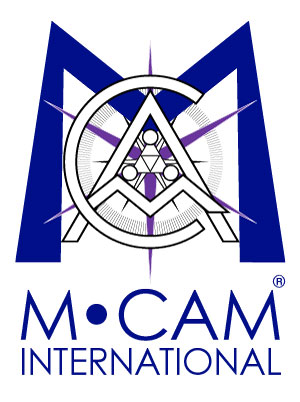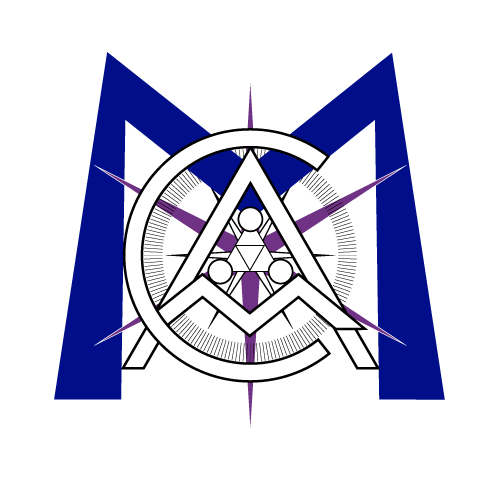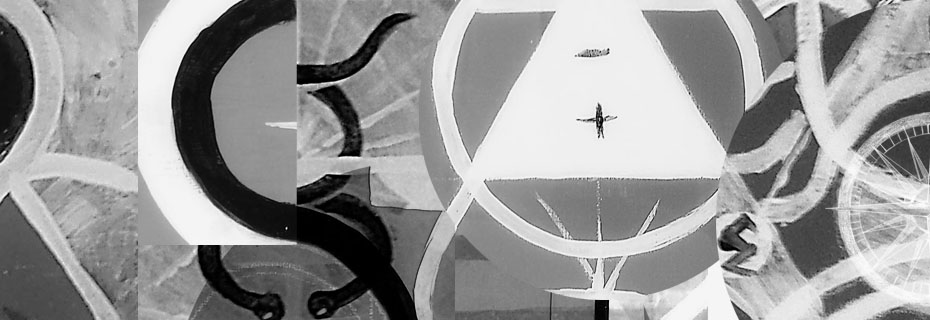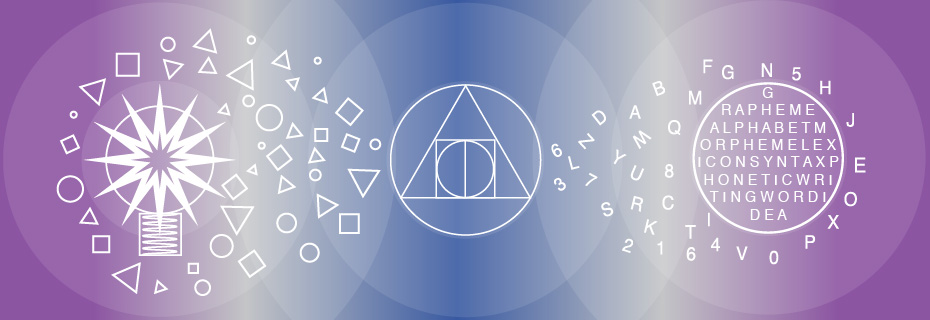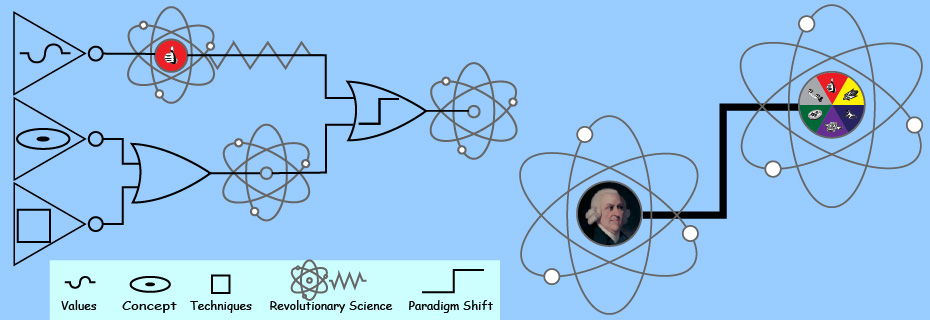June 11, 2015
In
News Archive
Date: Thu, 2015-06-11
Washington, D.C. – The House Judiciary Committee today approved the Innovation Act (H.R. 9) by an overwhelming vote of 24-8. This bipartisan bill takes steps to combat the ever increasing problem of abusive patent litigation. The legislation addresses abusive practices taking place in our courts.
House Judiciary Committee Chairman and chief sponsor of the Innovation Act Bob Goodlatte (R-Va.), praised today’s Committee vote.
Chairman Goodlatte: “At its core, abusive patent litigation is a drag on our economy and stifles innovation. It is a problem that impacts businesses and industries of all types and the jobs of the people who work for them, from the tech sector to the hospitality industry and even grocery stores. Everyone from independent inventors, to start-ups, to mid-and large-sized businesses face this constant threat. The tens of billions of dollars squandered on settlements and litigation expenses associated with abusive patent suits represent truly wasted capital – capital that could have been used to create new jobs, fund research and development, and create new innovations and technologies.
“The Innovation Act takes the necessary steps to address abusive patent litigation, while protecting legitimate property rights. Specifically, the legislation targets abusive behavior rather than specific entities, preserves valid patent enforcement tools, preserves patent property rights, promotes invention by independents and small businesses, and strengthens the overall patent system.”
Key Components of the Innovation Act:
Targets Abusive Patent Litigation: The bill targets abusive patent litigation behavior and not specific entities with the goal of preventing individuals from taking advantage of gaps in the system to engage in litigation extortion. It does not attempt to eliminate valid patent litigation.
Protects the Patent System: This legislation does not diminish or devalue patent rights in any way.
Increases Transparency: This legislation requires greater transparency in patent litigation and requires parties to explain exactly why they are suing a business or individual. Requiring parties to do a bit of due diligence up front before filing an infringement suit is just plain common sense. It not only reduces litigation expenses, but saves the court’s time and resources. Greater transparency and information is a good thing and it makes our patent system stronger.
Prevents Extortion: The legislation prevents any one party in a patent lawsuit from unilaterally racking up extreme litigation costs for another party in an attempt to force a dubious settlement.
Provides Greater Clarity: The legislation provides for more clarity surrounding initial discovery, case management, joinder and the common law doctrine of customer stays. The bill works hand-in-hand with the procedures and practices of the Judicial Conference and the courts.
Small Business Education: The bill provides for small business education and outreach by the U.S. Patent and Trademark Office.
Places Reasonable Limits on Venue in Patent Cases: Restores Congress’s intent that patent infringement suits only be brought in judicial districts that have some reasonable connection to the dispute. Since 1897, Congress has regulated the venue in which patent actions may be brought. These limits protect parties against the burden and inconvenience of litigating patent lawsuits in districts that are remote from any of the underlying events in the case. In 1990 the U.S. Court of Appeals for the Federal Circuit “reinterpreted” that statute in a way that robbed it of all effect. The Innovation Act corrects the Federal Circuit’s error, and restores the congressional purpose of placing some reasonable limits on the venue where a patent action may be brought.
Reduces Unnecessary, Expensive Discovery: Requires that courts stay discovery in a patent case when a motion to dismiss or a motion to transfer has been filed. This will help parties avoid expensive, wasteful discovery that might otherwise be used as leverage by patent trolls looking for a quick settlement when a case can be resolved quickly and early.
VIDEO: Learn more about the importance of protecting and promoting American innovation by curbing abusive patent litigation by clicking HERE
